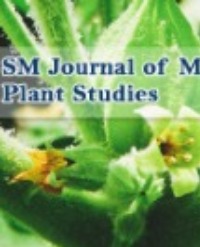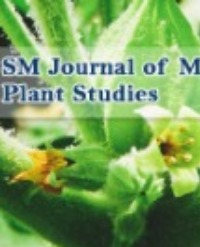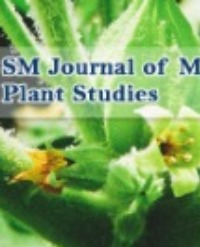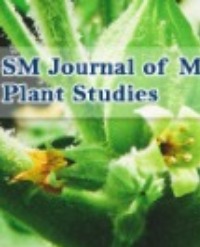
Activity Evaluation of Leaves
Funtumia africana Stapf. (Apocynaceae) is among the diverse medicinal plants of Ivorian National flora used for several pathologies’ treatment. Complexity in curing some of the diseases associated with bacteria resistance, brought up inefficiency of a great number of current antimicrobial drugs. The present study evaluates the antibacterial activity of the crude extracts of the leaves of F.africana against methicillin-resistant Staphylococcus aureus. Additionally, secondary metabolites were screened out to discover new groups of molecular compounds responsible for specific activity. Bioassay experiments used were disk diffusion and Muller-Hinton broth dilution methods, to respectively determine the inhibition zone diameters and antibacterial key factors. As for the phytochemical investigation, test tubes colorimetric method was performed. Results showed that hydro-alcoholic and aqueous extracts of F.africana displayed strong activity with respective inhibition zone diameter comprised between 17.4 mm and 25.7 mm, and 16.7 mm and 19.7 mm. For both types of extracts, the Minimum Inhibition Concentration (MIC) varied from 0.046 to 1.56 mg/mL, demonstrating as a result, a bactericidal effect against the majority of strains tested. The current work, therefore justifies the use of F.africana as traditional medicine against bacterial infections
Kouadio NJ¹,²,⁴, BG Kipre¹,²,⁴*, Guessennd NK¹,³, Kouassi KA²,⁴, Yao K²,⁴, and Kone MW¹,²,⁴





